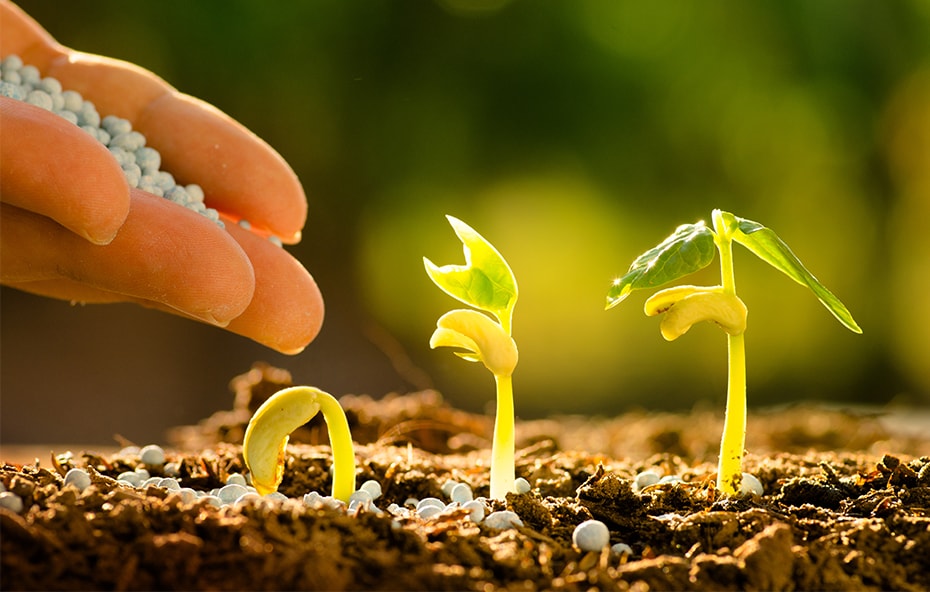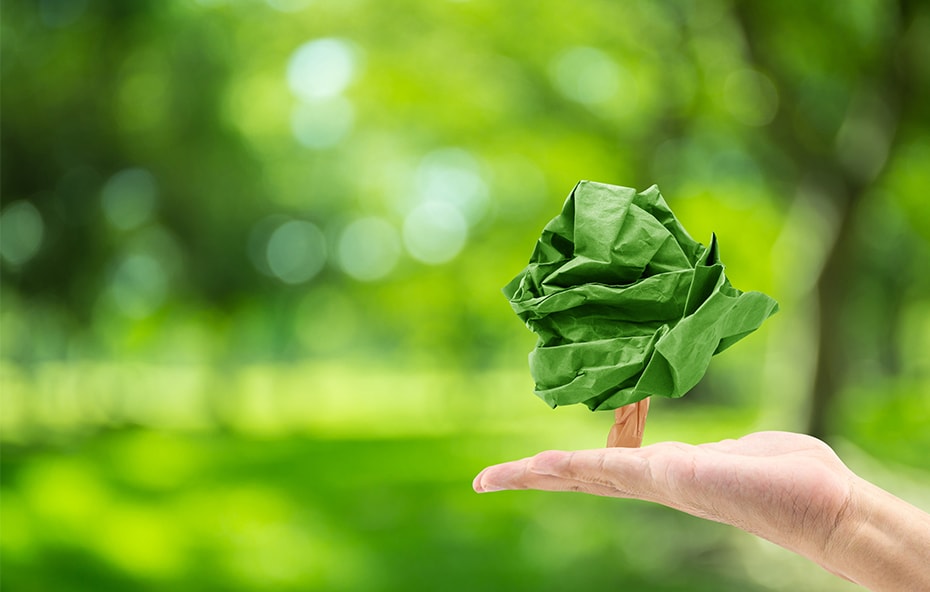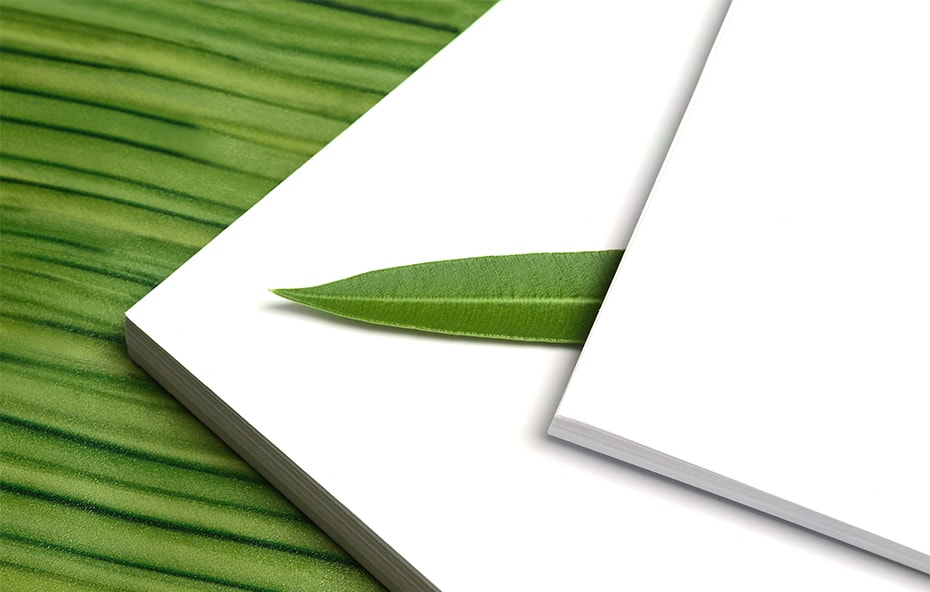Sustainability and sustainable design, must be an authentic commitment to the environment. Greenwashing is the practice of making unwarranted environmental claims for business purposes. Sadly, it is far too common. This has led to scepticism about the sustainability practices of all firms, even those making authentic commitments. With this in mind, KIMBO understands the importance of considering sustainability in all phases of the project life cycle. The key to sustainable design is not simply doing less; it’s doing more with less.
 Sustainable Design Creation
Sustainable Design Creation
Nature is an excellent designer. It uses only the necessary materials, before cycling waste back into the environment for another creation. Every flower comes from dirt, and will return to dirt, but that doesn’t diminish its value; it increases it. By making designs function as more than packaging or advertisements, it is possible to mimic nature’s efficiencies. Sustainable design strategy is how we can tackle some of the pressing issues of marketing and consumption. At KIMBO, our creativity is not just shown visually through our graphic designs. We also strive to come up with conceptual elements of our designs, giving them an added functionality, and making people think.
 Considering Materials in Sustainable Design
Considering Materials in Sustainable Design
Design is increasingly digital, but material selection for traditional designs is more important than ever. Producers are putting more thought into developing materials, which are being designed to minimize their lasting environmental impact. Sustainable design materials don’t have the permanence of the plastics of the past, which now pollute our landfills and oceans, or styrofoam, which is notoriously thought to never decompose. By using materials that are either easily recyclable, or biodegradable, sustainable design reduces the long term impact of waste on our environment.
 Sustainable Design Production
Sustainable Design Production
While material waste is often cited when discussing sustainability issues, it is less common for people to consider the production process. At KIMBO, we have close relationships with many Lower Mainland printers. This allows us to demand the highest standards in sustainable printing. Whether it is inks with low toxicity, or paper made from primarily or totally recycled materials, we put the same care into the production of our sustainable designs as we do to creating them.
 The Future of Your Sustainable Design
The Future of Your Sustainable Design
The conclusion of the sustainable design process is what happens to your design once it leaves your hands. Once a design has served its purpose, it is crucial for it to take one of two paths. The first is towards recycling, and use in another design. Recycling technology is becoming increasingly powerful. The use of smarter materials is leading us to a place where our consumption will look more like the natural lifecycle of a flower, rather than the product life cycle that so often ends in a landfill. The second route is to use as another functional product. The best sustainable design gives work a second purpose; it becomes its own product. Whether it’s a tote bag, a poster or piece of art, or a homeware product, the height of sustainable design is to have your design equal the value of the product that the design is for. This is what we strive for at KIMBO.


